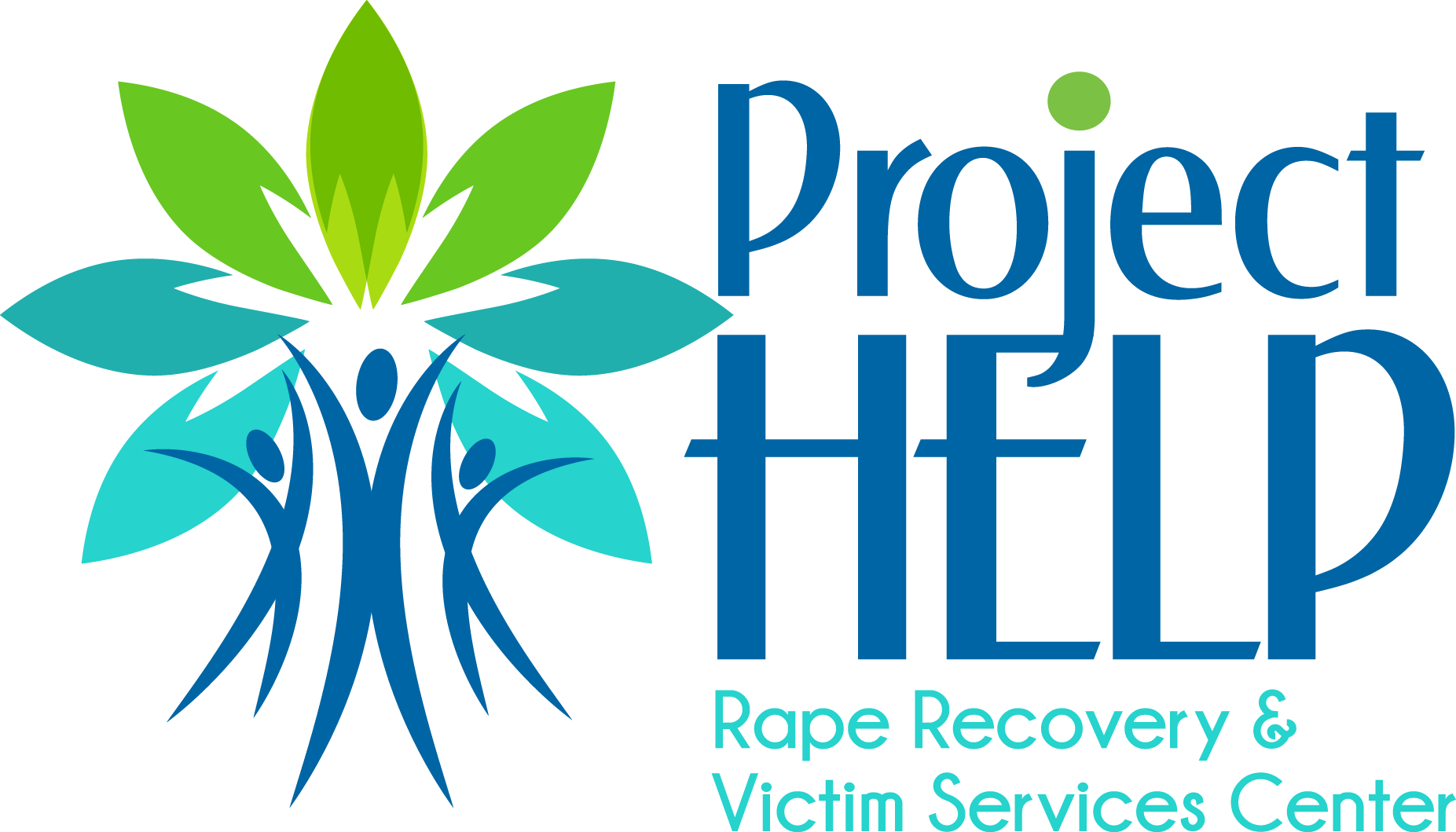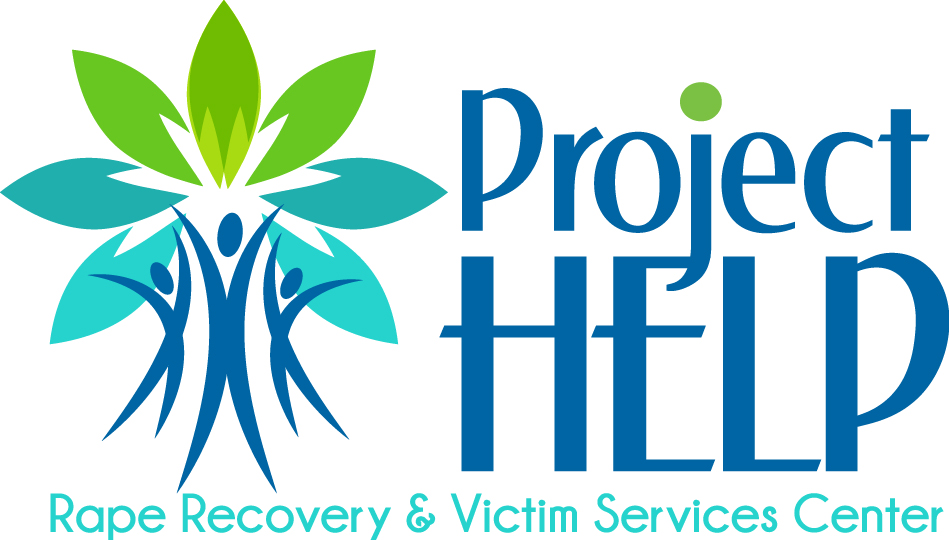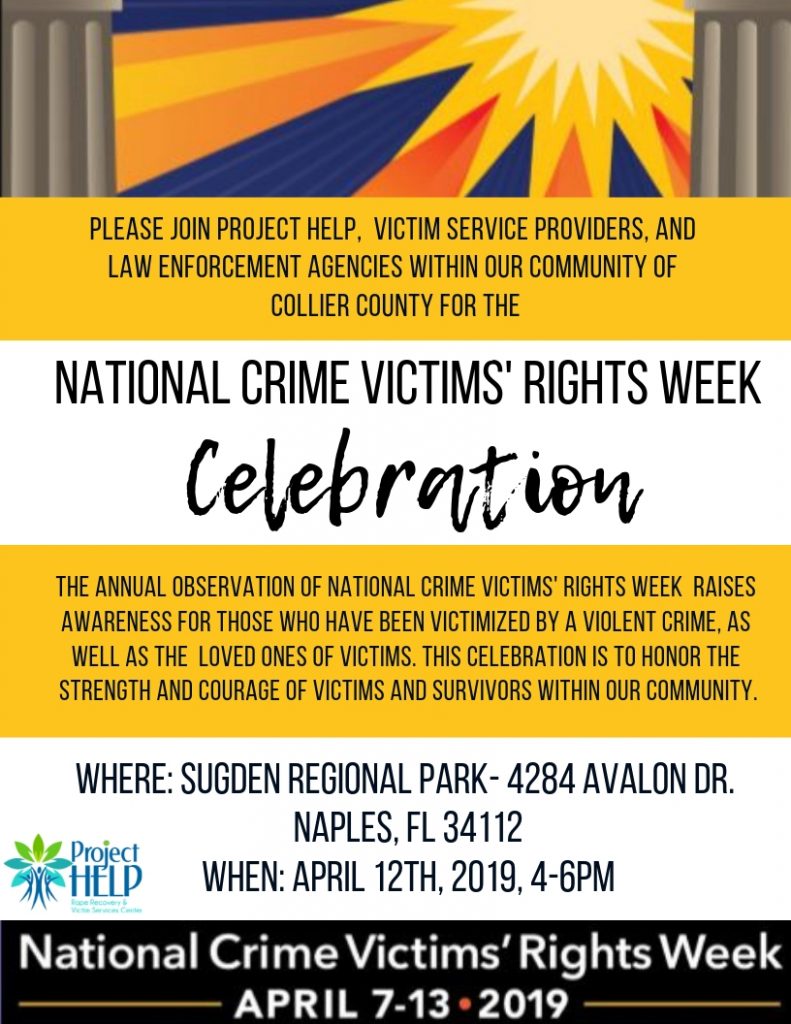George Michael sings “Sometimes the clothes do not make the man” in his song Freedom.
However, many in the Florida legislature would argue that this is not necessarily the case, especially in light of the bill to ban saggy pants from the state public school system. Add to this France’s President Nikolas Sarkozy’s recent ban on burqahs, and it seems that local and national governments alike have much to say about the clothes their respective citizens wear.
So what do our clothes actually say about us? According to the Italian Supreme Court, which in 1998 overturned the conviction of a man in his late 40s for the alleged sexual assault of an 18- year-old girl, clothes mean a great deal.
The girl in this case reported to the police that at the time of her assault, she was wearing tight-fitted jeans and the court ruled that the only way she could have been raped was to assist her alleged perpetrator in the removal of her pants, thereby making the sex consensual.
Never mind the threats he made on her life, the position of authority he held (her driving instructor), or the fear of a young girl in a vulnerable position trapped in a car in a remote location.
Unfortunately, not much has changed in the 13 years since this ruling in the Italian courts.
One of the more upsetting news stories of March 2011 in the United States involved an 11-year-old girl who alleged she was gang-raped by approximately 18 (the number could climb as high as 28) young men in a Texas trailer park.
As if that alone was not traumatic enough for the young girl involved, many have stepped forward to defend her alleged perpetrators, citing the attire the victim was wearing at the time of the rape, and the possibility of the high school’s “star athlete” and the son of a “local school board member.”
Perhaps this is an example of economy of blame—it is far easier to blame an 11-year-old child for dressing in a provocative manner, than to hold the 18 (and perhaps more) of her alleged assailants responsible for their actions.
In our line of work, however, we call this blaming the victim. And it is not an “economical” way of assigning blame, but rather a way to keep our society from having to take too close of a look at how it fosters the mentality that some victims are just asking for [insert violent crime of choice here]. The young girl in the case above actually had to be removed to a safe house as her life was threatened. Her phone also began ringing off the hook with people “looking for her.”
An article in the New York Times asked, “If the allegations are proven, how could this town’s young men have been drawn into such an act?”
As if 18 (or more) poor helpless men, ranging in age from 17-28, were completely powerless to the siren-like charms of this 11 year-old girl who dressed provocatively. As if they had no idea at all that sex with a minor is illegal, and that furthermore, videotaping this act on their cell phones was not a good idea.
Perhaps it is just easier to blame the victim here, than to recognize how completely embarrassing and wrong it is that nearly 30 young men felt they were entitled to rape a young girl. These perpetrators were arrogant enough to think that even when they were caught on video, they would not be held responsible for their actions.




